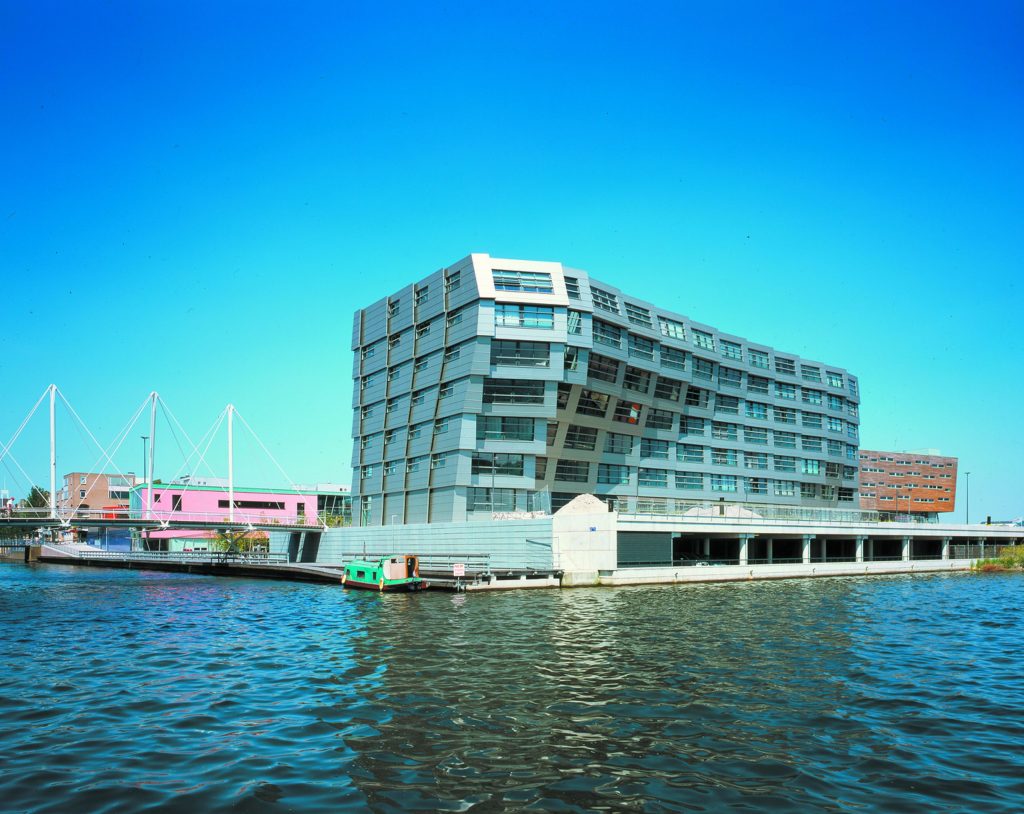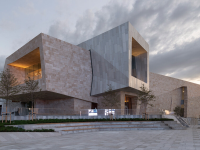Have you seen Block 16 in Almere’s city centre? People call it The Wave. This shiny aluminium tower stands out as a great example of smart, sustainable architecture.
Why the wave is so special:
- Location: Almere’s new elite city centre
- Architect: René van Zuuk
- Design: A dramatic, wavy facade that resembles glistening scales
Initially, the exterior was intended to be made of wood. However, when costs increased, the team switched to aluminium cladding, which significantly altered the project.
- Aluminium cladding: Clever decision, breathtaking appearance
- Cost-effective: Less expensive than wood at the build stage
- Long-lasting: Ideal for Almere’s salt-laden, damp, chemical-filled air
- Dynamic: The panels catch the sunlight, making the building shine and almost seem alive.
The aluminium panels were put on like weatherboards, overlapping to give extra protection. This made The Wave look smooth from one angle and rough from another.
Aluminium in sustainable architecture
So why does The Wave matter? It shows how aluminium in architecture brings together several key benefits:
- Design freedom
- Durability in harsh environments
- A sustainable substitute for the traditional materials of wood
The outcome
49 lakeside apartments within a building that demonstrates aluminium is the future of sustainable architecture.
As cities expand and climate pressures hamper building, aluminium cladding is becoming the intelligent, eco-friendly option. The Wave is proof positive that when style melds with strength, aluminium excels.
Image: René van Zuuk














